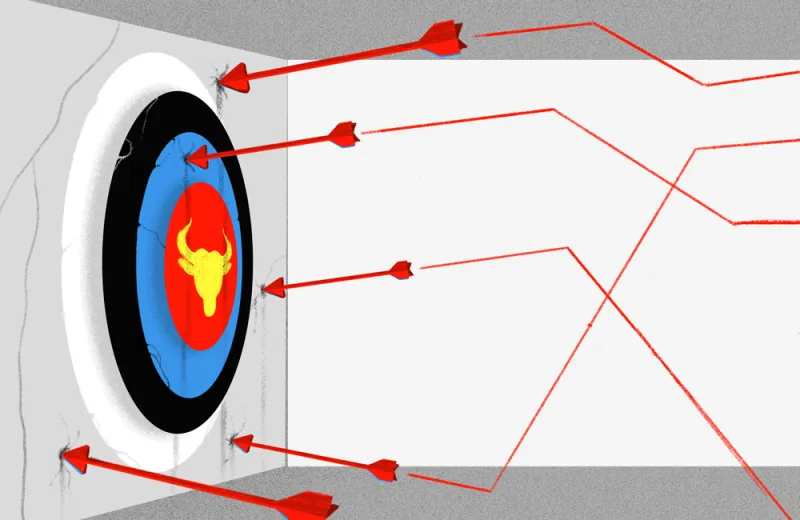Market timing rarely works, but investors can’t stop trying.
Many investors de-risked their portfolios after 2018 turned out be the worst run for stocks in a decade. But with global stocks up about 25 percent and fixed income returning more than 8 percent in 2019, it could take years for investors who sat out the market to catch up.
“Missing out on big growth has as much impact on a portfolio as losing that amount,” wrote David Booth, founder and executive chairman of Dimensional Fund Advisors, in a post on the firm’s website. “How long does it take to make that kind of loss back? And how is someone who got out supposed to know when to get back in?”
Booth argued that investors in equities should always be kind of nervous. “If you think about it, that makes sense,” he wrote. “If the market’s doing its job, prices ought to be set at a level where you experience anxiety.”
According to Dimensional, if an investor put $1,000 into the S&P 500 index in 1970 and left it there, it would have grown to $138,908 by the end of August 2019. If investors missed the 25 best performing days because they sold stocks as a result of their nerves or a strategist’s market forecast, that portfolio would be worth only $32,763.
[II Deep Dive: No, You Almost Certainly Can’t Time Markets]
The argument is a familiar one, yet investors pay huge fees to hold hedge funds and other investments designed to protect them from the carnage of down markets. Just look at the world’s largest hedge fund firm, Bridgewater.
The firm’s flagship Pure Alpha strategy was essentially flat in 2019, while Pure Alpha 18 Percent, the more leveraged version, fell 0.5 percent for the year, according to an investor in the funds. The less leveraged version, Pure Alpha 12 percent, gained 0.5 percent for the year.
Meanwhile, the S&P 500 gained 31.5 percent last year, including dividends reinvested.
The Pure Alpha Strategy gained 14.6 percent in 2018, a year when most asset markets finished in negative territory. Still, 2018’s good relative performance didn’t make up for missing out in 2019.
In a separate research article, Dimensional pointed out that stocks doubled in value between 2010 and 2019, despite political tensions, economic uncertainty, and technology disrupting long-stable corporate sectors.
Early on in that period, around January 2010, investors were finally starting to make up some ground after the financial crisis in 2008. But at that time, Wall Street strategists were warning that the equity markets might run out of steam.
“Looking back, you could conclude that the decade had its share of uncertainty — just like the decades before,” Dimensional argued. “But overall, the U.S. equity market experienced moderate volatility compared with previous decades.”
Between 2010 and 2019, the standard deviation for returns, a measure of volatility, was 12.46. The standard deviation during the preceding decade — which included the financial crisis and the technology bubble burst — was 16.13, indicating a higher level of volatility.
Investors may have also been unnerved during the last ten years because international equities in both developed and emerging markets didn’t perform as well as U.S. equities. Although investors did well with international equities between 2000 and 2009, investors would have done the better sticking to U.S. stocks this past decade. Many investors may have made market timing decisions to reflect the discrepancy in performance.
Still, switching their portfolios around based on outperformance of the U.S. wouldn’t have been the right answer over the long term, according to Dimensional. Over the last 20 years, the firm’s data showed that a globally diversified portfolio provided the best outcome.







